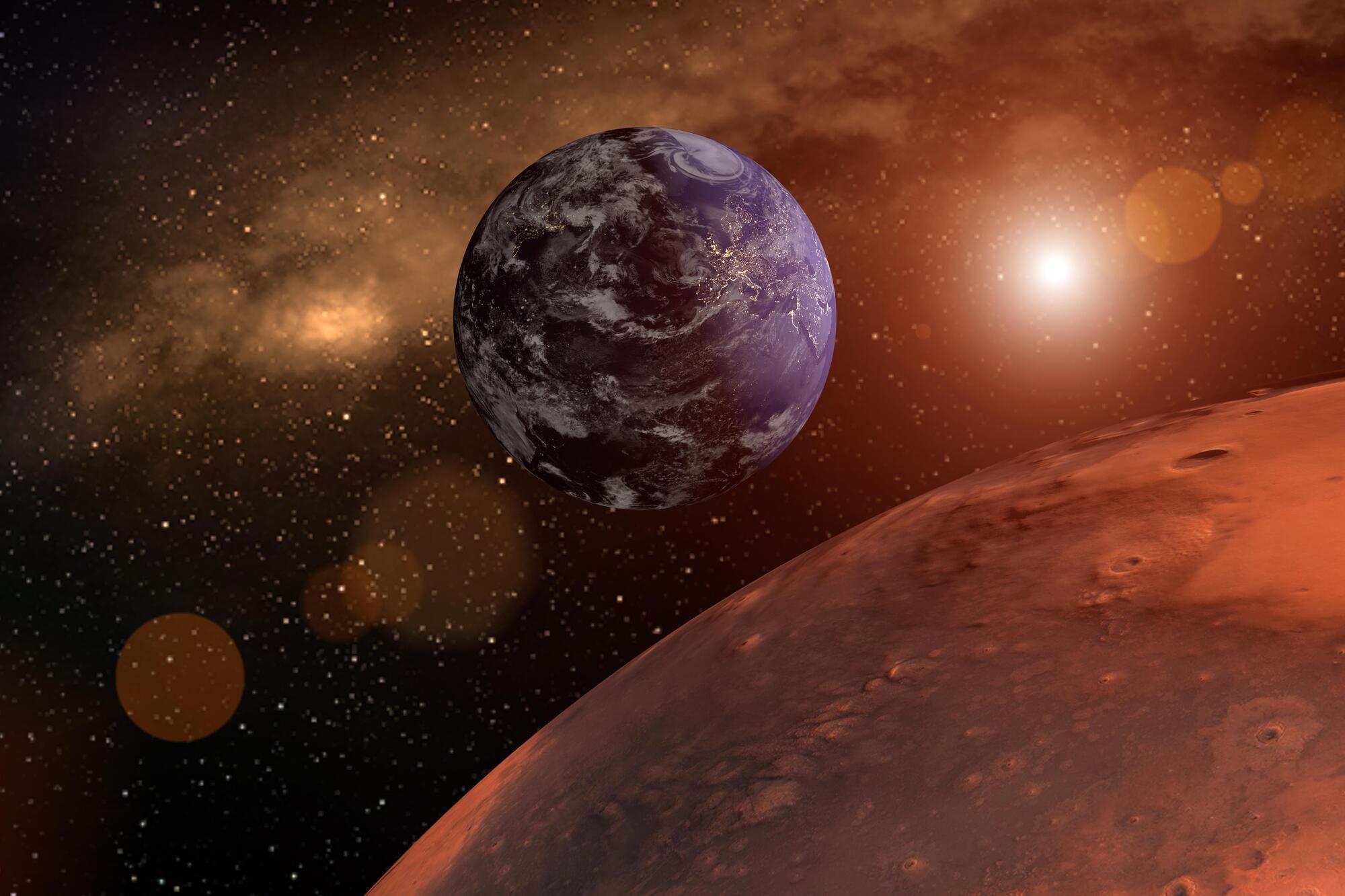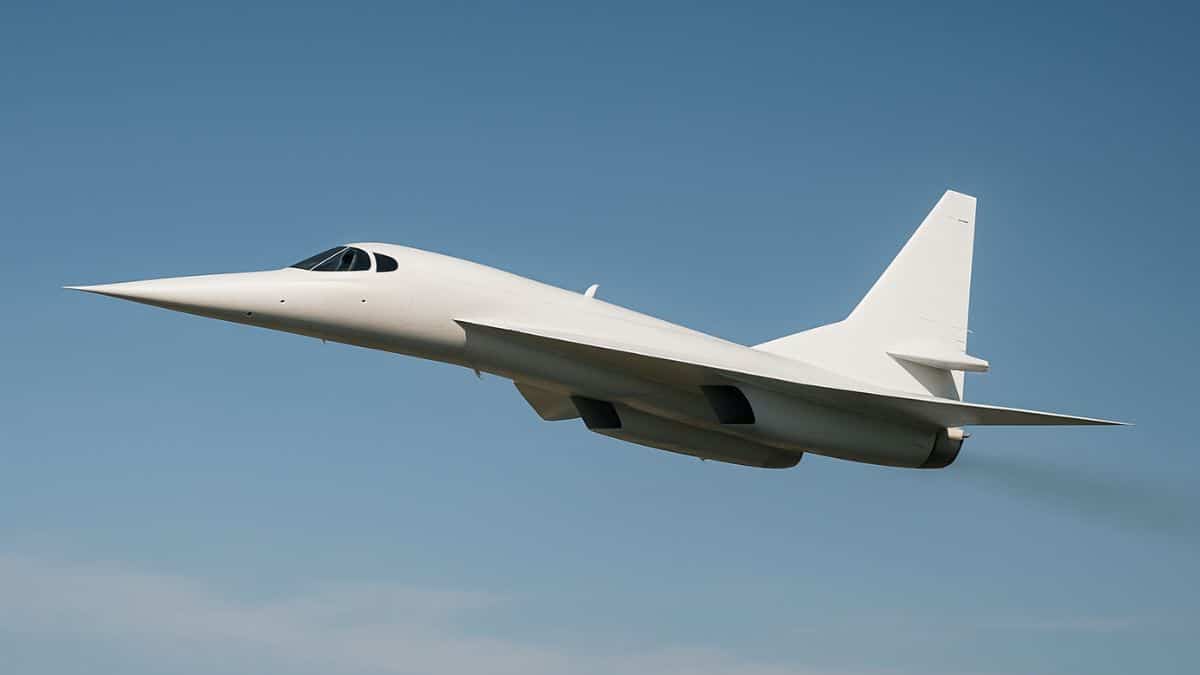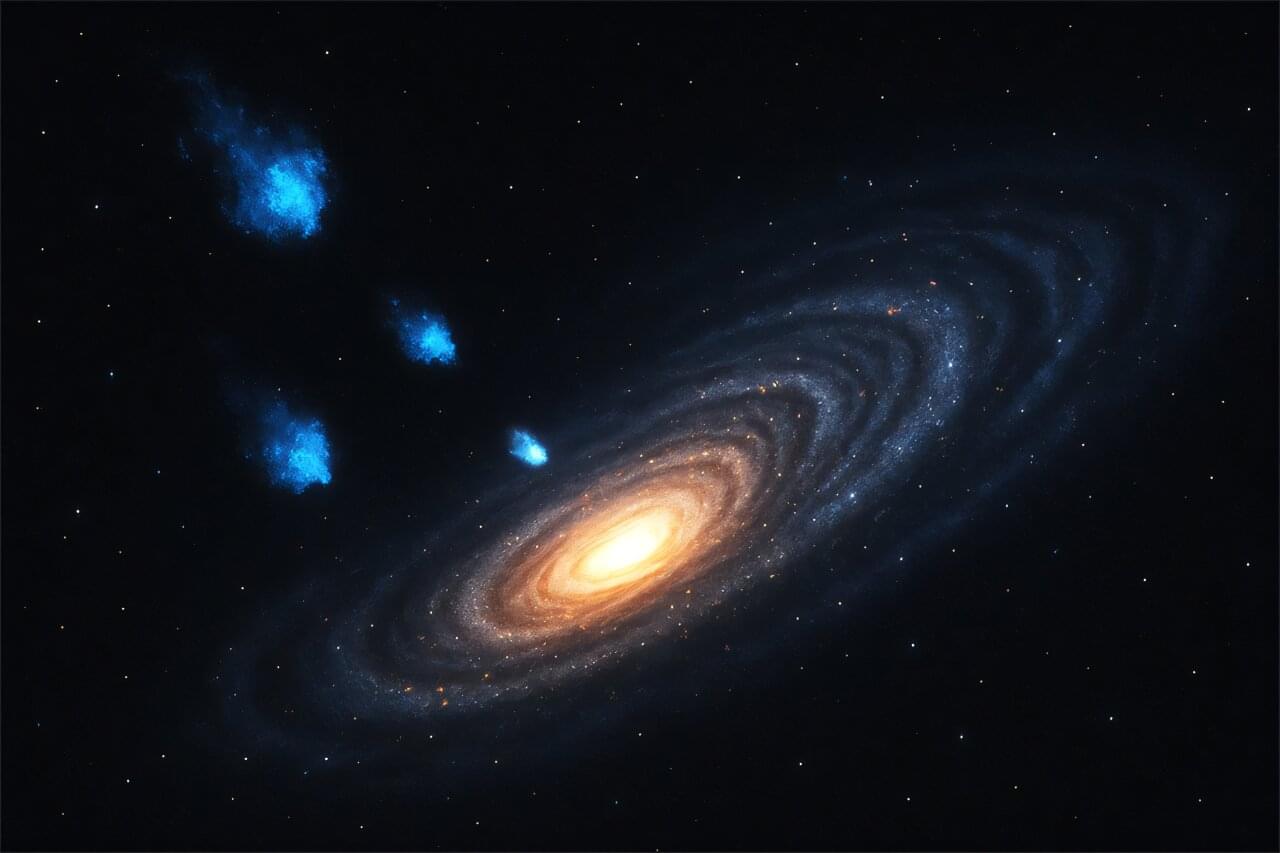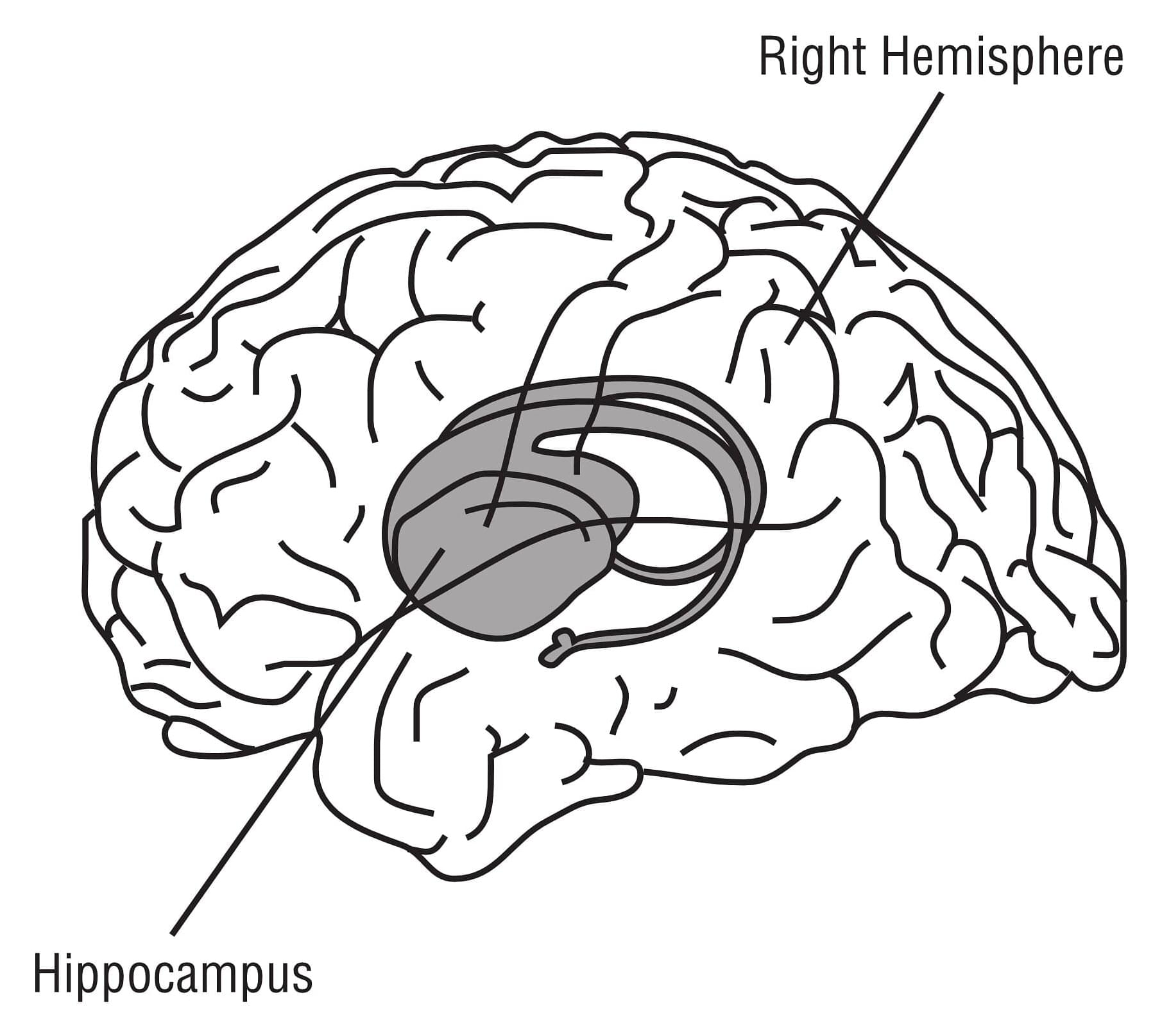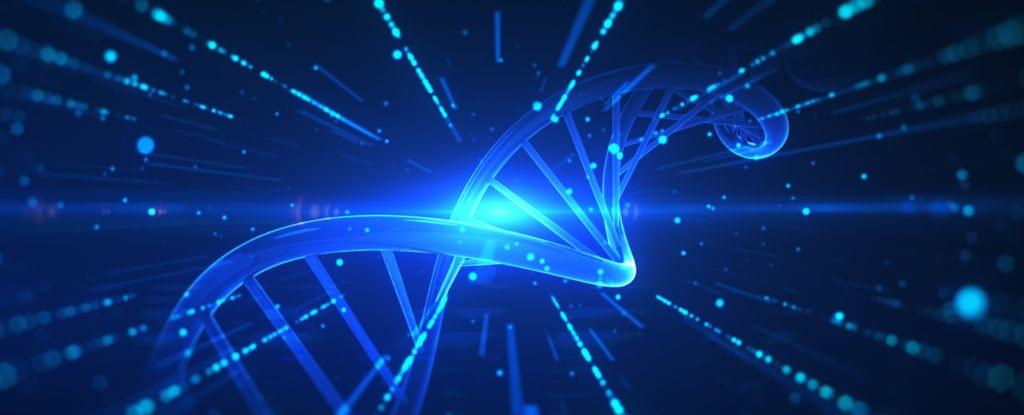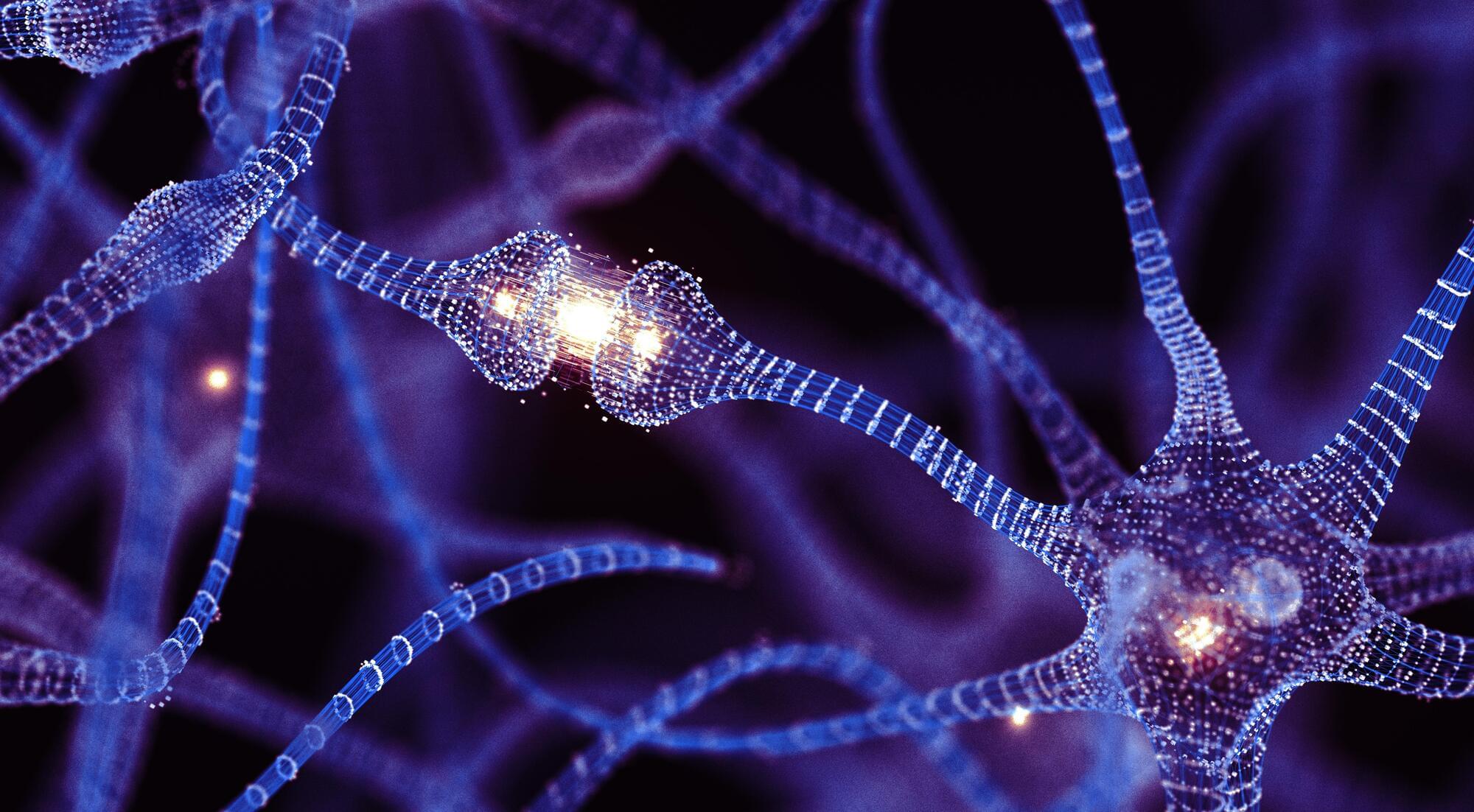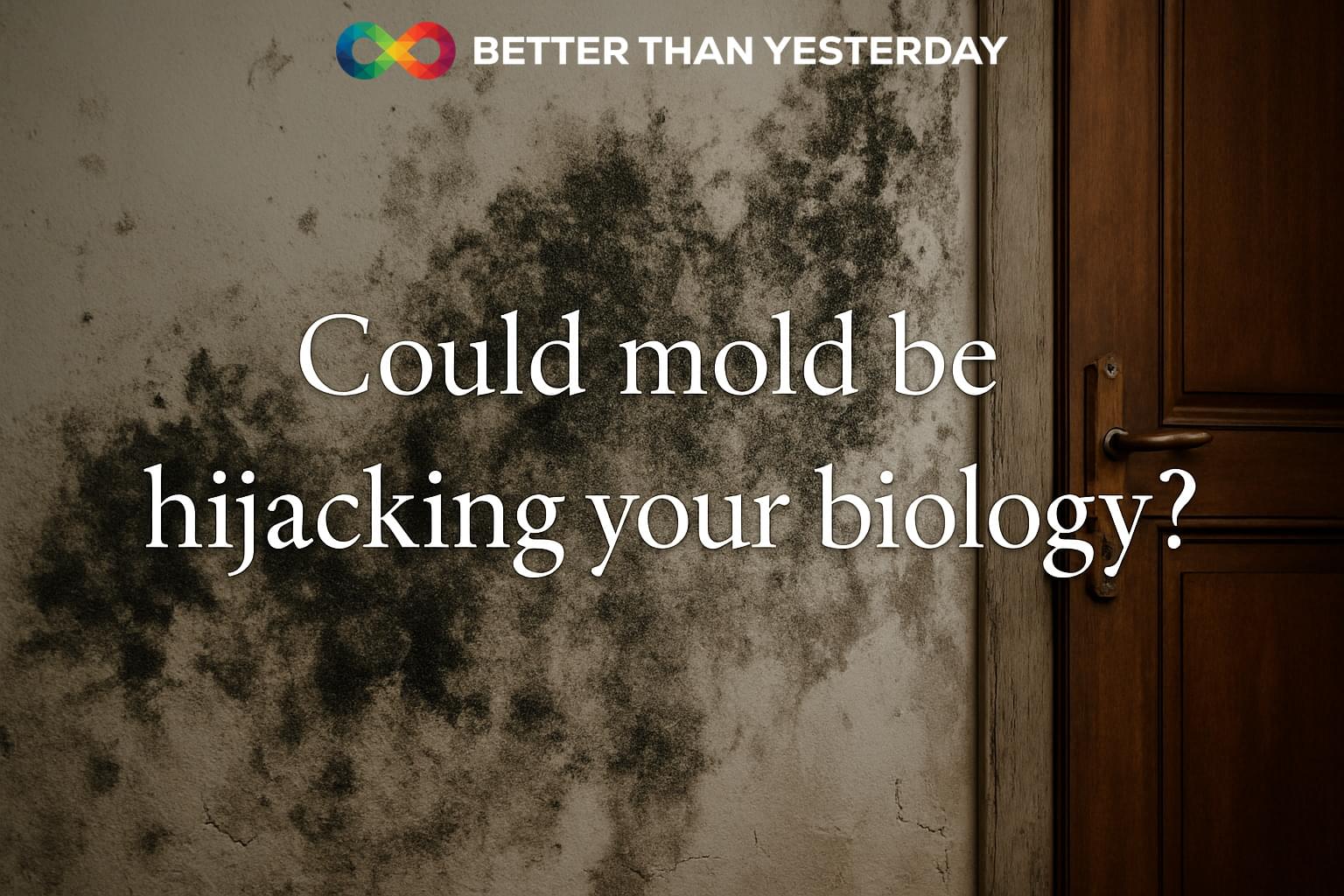If humans are ever going to live beyond Earth, they’ll need to construct habitats. But transporting enough industrial material to create livable spaces would be incredibly challenging and expensive. Researchers at the Harvard John A. Paulson School of Engineering and Applied Sciences (SEAS) think there’s a better way, through biology.
An international team of researchers led by Robin Wordsworth, the Gordon McKay Professor of Environmental Science and Engineering and Professor of Earth and Planetary Sciences, have demonstrated that they can grow green algae inside shelters made out of bioplastics in Mars-like conditions. The experiments are a first step toward designing sustainable habitats in space that won’t require bringing materials from Earth.
In lab experiments that recreated the thin atmosphere of Mars, Wordsworth’s team grew a common type of green algae called Dunaliella tertiolecta. The algae thrived inside a 3D-printed growth chamber made from a bioplastic called polylactic acid, which was able to block UV radiation while transmitting enough light to allow the algae to photosynthesize.
The algae was kept under a Mars-like 600 Pascals of atmospheric pressure – over 100 times lower than Earth’s — and in a carbon dioxide-rich environment, as opposed to mostly nitrogen and oxygen like on Earth. Liquid water cannot exist at such low pressures, but the bioplastic chamber created a pressure gradient that stabilized water within it. The experiments point to bioplastics as potentially key to creating renewable systems for maintaining life in a lifeless environment.
The concept the researchers demonstrated is closer to how organisms grow naturally on Earth, and it contrasts with an industrial approach using materials that are costly to manufacture and recycle.
